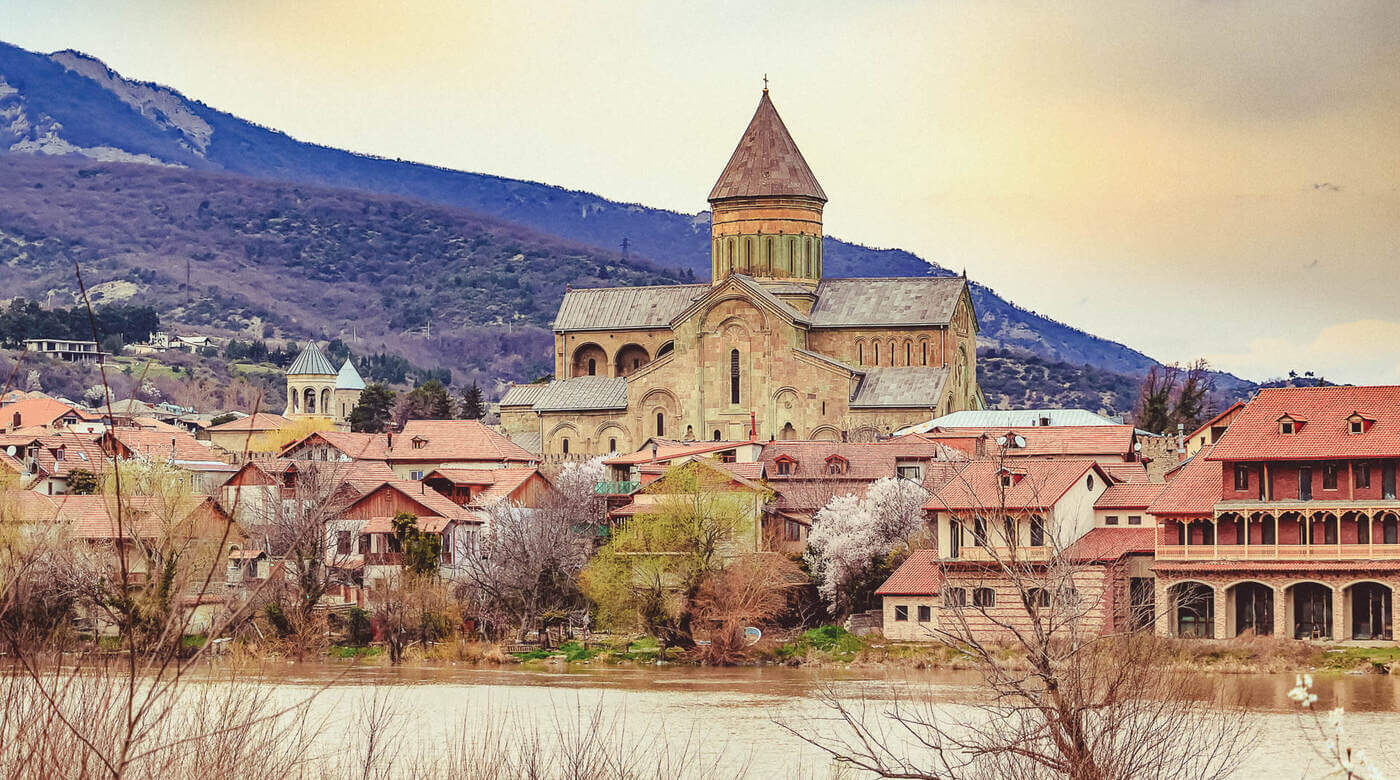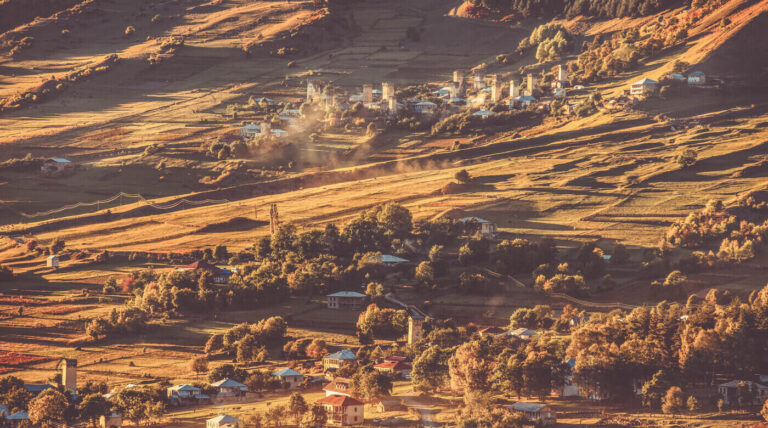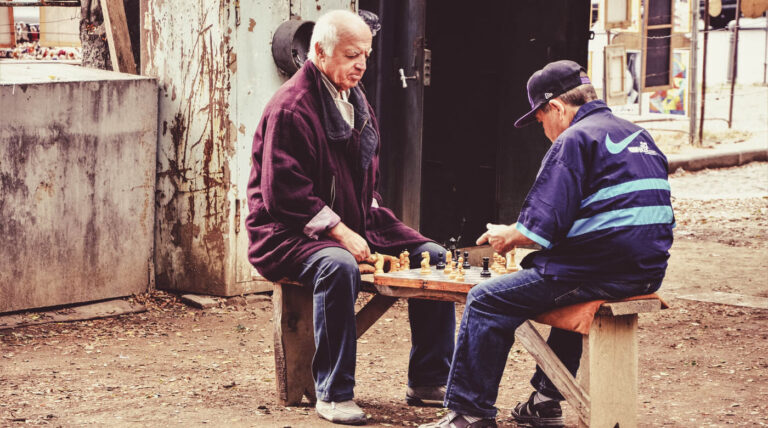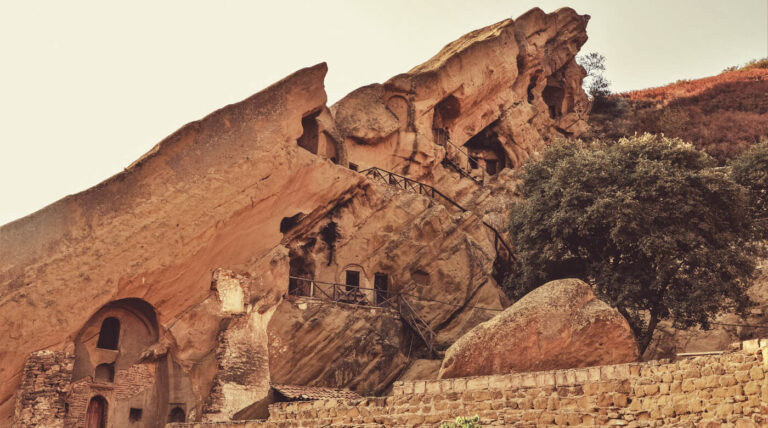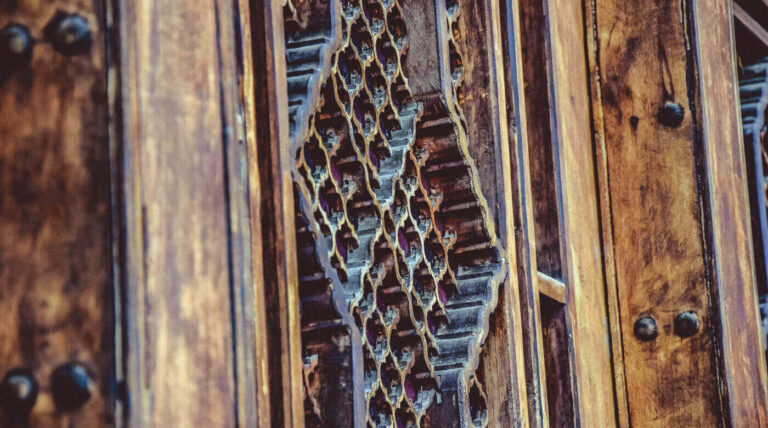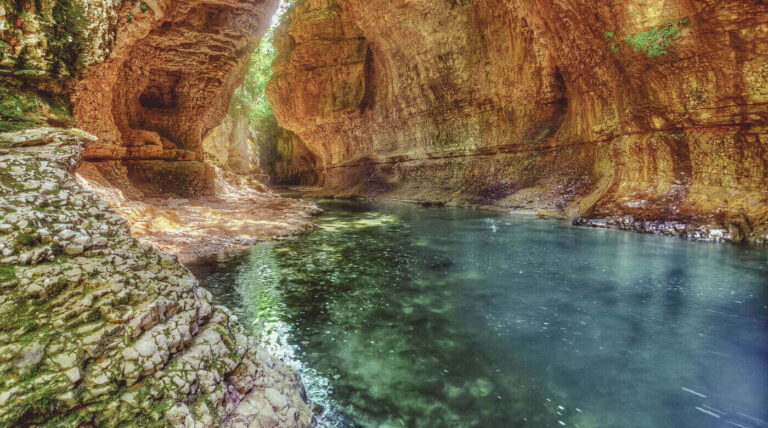UNESCO World Heritage sites in the Caucasus
The Caucasus region is truly mysterious, magnificent, and rich with different cultures and histories. Here are officially 9 cultural Unesco World Heritage sites and around 28 sites in the Tentative List. Let’s have a look at all of them.
1. Gelati Monastery, Georgia
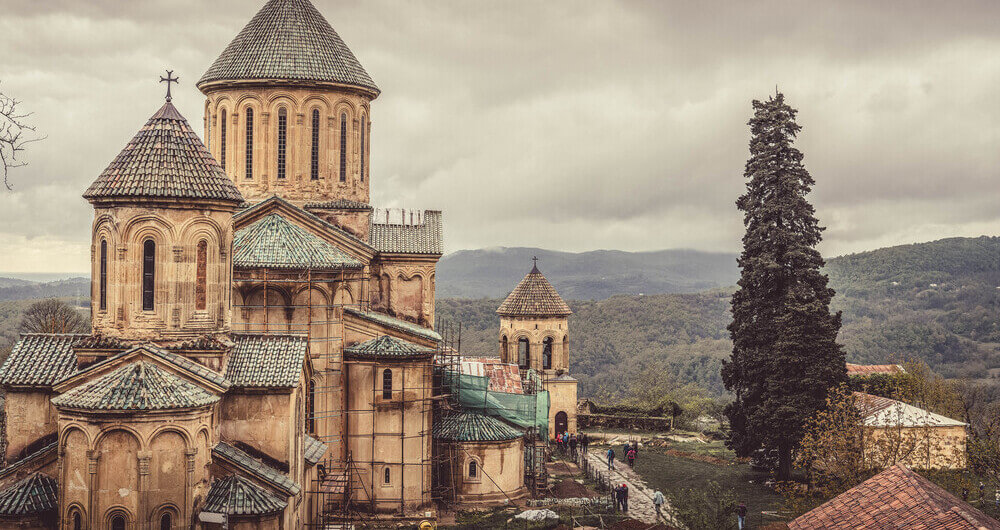
Founded in 1106 in the west of Georgia, the Monastery of Gelati is a masterpiece of the Golden Age of medieval Georgia, a period of political strength and economic growth between the 11th and 13th centuries. It is characterized by the facades of smoothly hewn large blocks, balanced proportions, and blind arches for exterior decoration. It was also a center of science and education and the Academy it housed was one of the most important centers of culture in ancient Georgia.
2. Mtskheta, Georgia

The historic churches of Mtskheta, the former capital of Georgia, are outstanding examples of medieval religious architecture in the Caucasus. They show the high artistic and cultural level attained by this ancient kingdom. Mtskheta is located in Central-Eastern Georgia, 20km northwest of Tbilisi. The property consists of the Jvari Monastery, the Svetitstkhoveli Cathedral, and the Samtavro Monastery.
3. Upper Svaneti region, Georgia
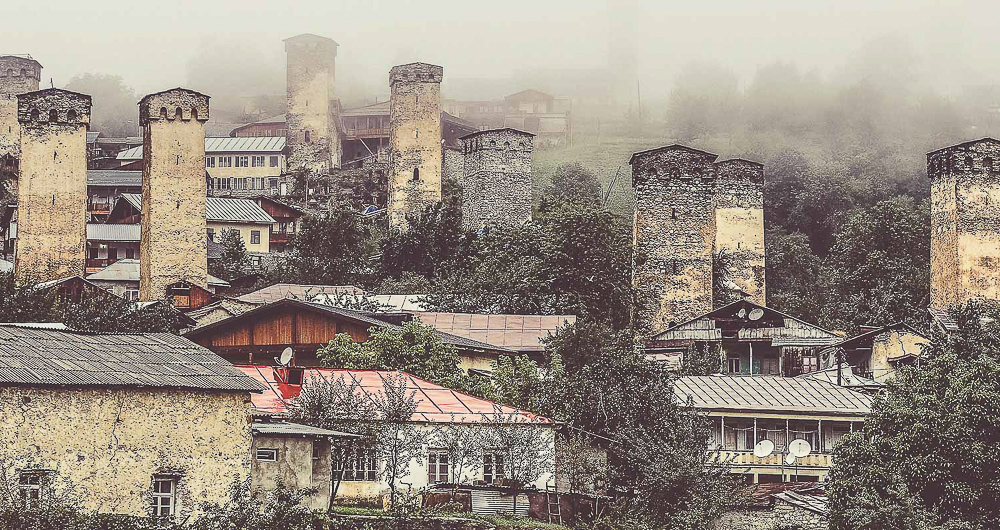
Preserved by its long isolation, the Upper Svaneti region of the Caucasus is an exceptional example of mountain scenery with medieval-type villages and tower houses. The village of Chazhashi still has more than 200 of these very unusual houses, which were used both as dwellings and as defense posts against the invaders who plagued the region.
4. Monasteries of Haghpat and Sanahin, Armenia

These two Byzantine monasteries in the Tumanian region from the period of prosperity during the Kiurikian dynasty (10th to 13th century) were important centers of learning. Sanahin was renowned for its school of illuminators and calligraphers.
5. Geghard Monastery and Upper Azat Valley, Armenia

The monastery of Geghard contains a number of churches and tombs, most of them cut into the rock, which illustrates the very peak of Armenian medieval architecture. The complex of medieval buildings is set into a landscape of great natural beauty, surrounded by towering cliffs at the entrance to the Azat Valley.
6. Echmiadzin and Archaeological Site of Zvartnots, Armenia
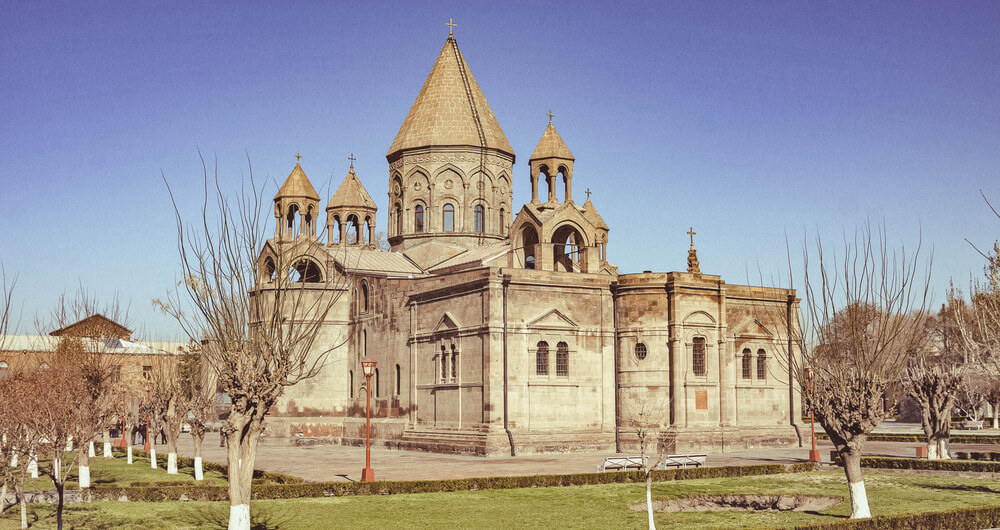
The cathedral and churches of Echmiadzin and the archaeological remains at Zvartnots graphically illustrate the evolution and development of the Armenian central-domed cross-hall type of church, which exerted a profound influence on architectural and artistic development in the region.
7. Gobustan Rock Art Cultural Landscape, Azerbaijan

Gobustan Rock Art Cultural Landscape covers three areas of a plateau of rocky boulders rising out of the semi-desert of central Azerbaijan, with an outstanding collection of more than 6,000 rock engravings bearing testimony to 40,000 years of rock art.
8. Sheki and Khan’s Palace, Azerbaijan

The historic city of Sheki is located at the foot of the Greater Caucasus Mountains and is divided in two by the Gurjana River. While the older northern part is built on the mountain, its southern part extends into the river valley. Its historic center, rebuilt after the destruction of an earlier town by mudflows in the 18th century, is characterized by a traditional architectural ensemble of houses with high gabled roofs.
9. Baku Old Town, Azerbaijan
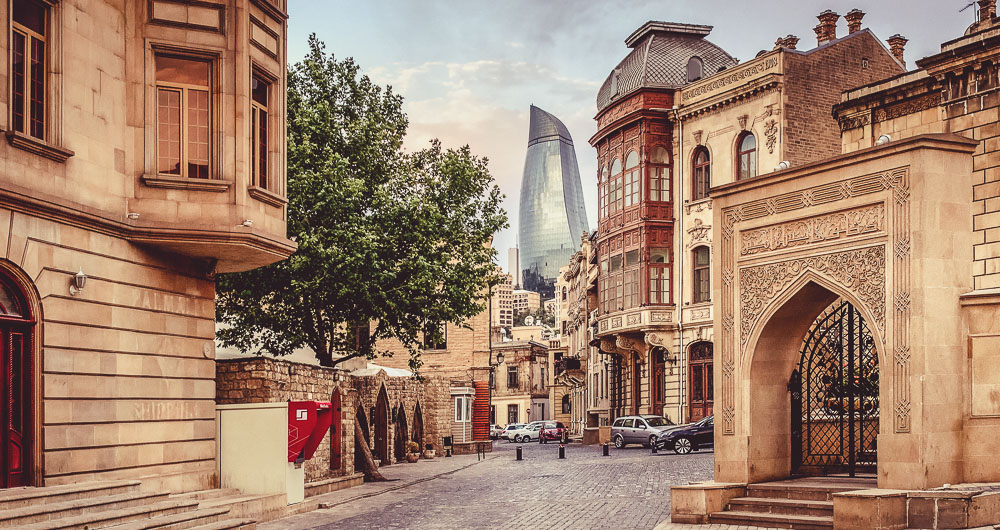
Built on a site inhabited since the Palaeolithic period, the Walled City of Baku reveals evidence of Zoroastrian, Sasanian, Arabic, Persian, Shirvani, Ottoman, and Russian presence in cultural continuity. The Inner City (Icheri Sheher) has preserved much of its 12th-century defensive walls.


